Visual Perception
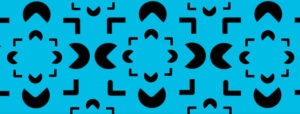
Visual Perception is the brain’s ability to decipher, analyze and interpret the information that our eyes receive from our surroundings. Visual Perception is often mistaken with Visual Acuity – which means how well you see, often described as 20/20 vision. People with perfect eyesight might also have difficulty in visual perceptual processing (difficulty in associating with objects in a way that is perceived as normal).
Importance of Visual Perception
Visual Perceptual skills are important as it allows a child’s brain to process what he or she is seeing, helps in recognition and identification of words, sequencing of alphabets, reading comprehension, mental maths, writing, puzzles, conceptualization, and completing day to day tasks.
Children facing difficulties in Visual Perception often face difficulties in academics, such as difficulty in identifying numbers or alphabets, reversing the similar looking letters and words, poor handwriting skills, facing difficulty in sports and other playground activities. They also face difficulties in self-regulation, behaviour, and concentration.
Visual Perception skills are divided into subcategories based on the analytical function:
Visual Discrimination
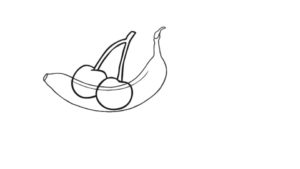
It is the ability to determine the similarities and differences in two different things. It is important to discriminate between letters and words visually as it is an important component in reading. For example: in reading, this will help children to differentiate between similarly spelled words such as when/ then or was/saw.
Visual Form Constancy
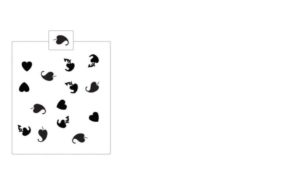
While focusing on visual discrimination it is important to consider Form Constancy. It is the ability to manipulate forms and find it among other forms, although it may be sized differently or rotated or compressed. It also defines a child’s ability to recognize forms, letters or words regardless of the orientation. For Example; alphabets /q/ and /p/ have the same shape and if we turn it around it becomes a different letter; similarly with /s/ and ‘5’. Children with Visual Form Constancy will have difficulty in judging the size and height of an object or recognizing daily objects when put them in different positions, reading the same letters and words in different fonts, books, boards, or notebooks.
Visual Memory
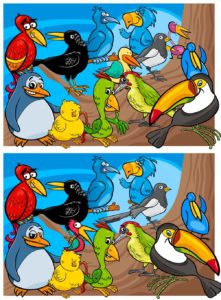
It is the ability to immediately recall the traits of an object or a form. It is the important component in reading and writing. Children with visual memory deficit have difficulty in copying from board or books; they struggle with comprehension, difficulty in forming letters or words, and are unable to recall sight words.
Visual Sequential Memory
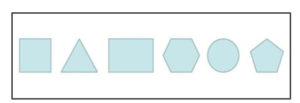
It is the ability to recall items in a specific order. For example, alphabets, numbers, days of the week, and months. The children with poor sequential memory often have trouble with reading and spelling. In order to read, the child has to perceive letters in a sequence; the child might read ‘left’ as ‘felt’ or ‘name’ as ‘mane’.
Visual Spatial Relations
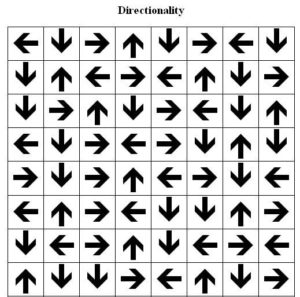
It is one of the important skills of Visual Perception as it is useful in functional tasks. It helps to understand the relationship of objects within the environment. It is considered important in laterality, directionality and understanding the right and left of one’s body. Children with poor visual spatial skills may struggle in writing and reading ‘following from left to right’. Or understanding the direction; ‘write your name on top left corner of the paper’, or ‘pass the notebook to the boy on your left’.
Visual Figure Ground
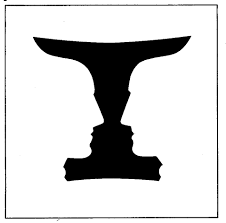
It is the ability to locate an object or specific information in a busy background. Children with poor figure ground perception get confused with too much information in a book, or finding relevant information on a busy blackboard, difficulty in arranging objects/toys in cluttered places, poor concentration while putting a puzzle together.
Visual Closure

It is the ability to recognize an object, picture, and word even if it is partially hidden and a small part of it is shown. This skill is important for reading and comprehension. Children with poor visual closure often have difficulty in making accurate judgements. The child will face difficulty in completing partially drawn pictures or stencils, completing dot-to-dot worksheets or puzzles, performing mathematics including the geometry, using worksheets that are poorly photocopied, and completing puzzles or fill in the blank worksheets. They also face difficulty in spelling or mathematical concepts.
Common problems in Visual Perception:
- Reversing letters and numbers.
- Getting confused from left to right.
- Sequencing numbers in math problems.
- Poor spelling.
- Trouble in recognizing the same words and letters in the next sentence.
- Difficulty in spatial concepts such as ‘over’, ‘under’, ‘in’, ‘out’, ‘up’, ‘down’.
- Discriminating in size of objects and letters.
- Difficulty in copying from blackboard.
- Difficulty in puzzles, mazes, dot-to-dots.
- Difficulty in matching and sorting.
- Poor eye-hand coordination.
Poor visual perception skills not only affect the child’s academic performance but also make it difficult for the child to hold attention and concentration. It also affects the behaviour of a child and impacts daily living activities. If untreated, it leads to stress, anxiety, poor self-esteem, and difficulty in living independently. Therefore, it is important to take your child’s visual perception skills into consideration and seek help from your Occupational Therapist, Speech Therapist and Educator.
References:
- https://childdevelopment.com.au/areas-of-concern/visual-perception/
- VISUAL PERCEPTION: Possible Impact on a Child’s Success at School & Home | Blog | Tools To Grow, Inc.
- Aybala Çayir , “Analyzing the Reading Skills and Visual Perception Levels of First Grade Students,” Universal Journal of Educational Research, Vol. 5, No. 7, pp. 1113 – 1116, 2017. DOI: 10.13189/ujer.2017.050704.
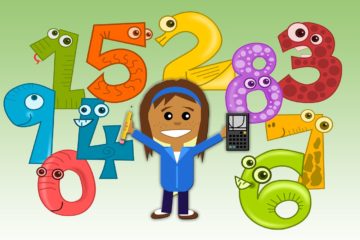


0 Comments